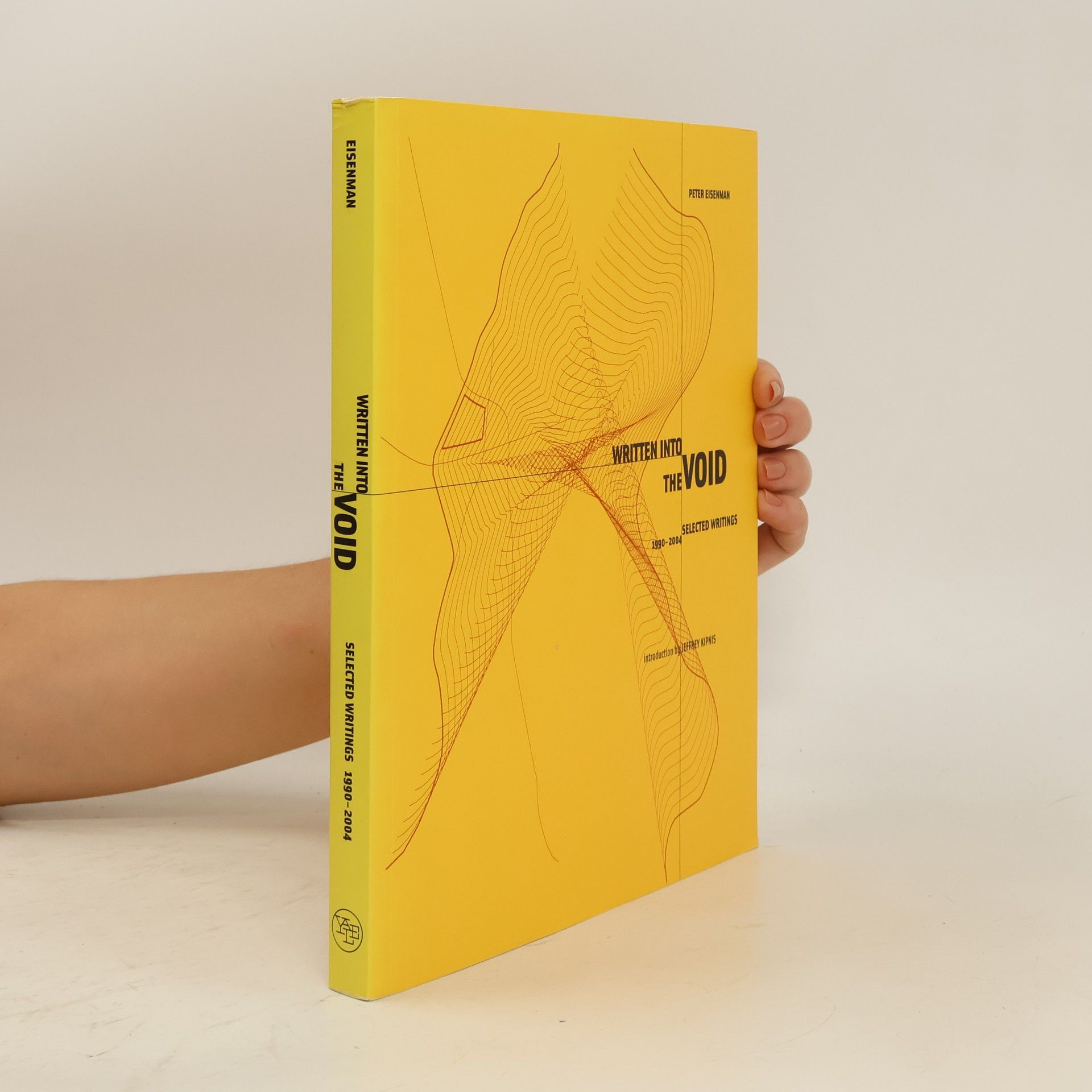The Formal Basis of Modern Architecture
- 384pages
- 14 heures de lecture
Mir war klar, was ich schreiben wollte, sagt Eisenman über seine Dissertation. Eine analytische Arbeit, die in Beziehung zu dem stand, was ich zu sehen gelernt hatte, von Palladio zu Terragni, von Raffael zu Guido Reni hin zu einem irgendwie theoretischen Konstrukt, das mit moderner Architektur in Zusammenhang stehen würde, aber aus dem Blickwinkel einer bestimmten Autonomie der Form. In The Formal Basis of Modern Architecture konfrontiert der international geschätzte - und für sein Holocaust-Mahnmal in Berlin (2005) weltberühmte - US-amerikanische Architekt Peter Eisenman den Historizismus mit einer Theorie und Analyse der Form, deren charakteristische Eigenschaften er für das Fundament architektonischer Komposition hält. Eisenman illustriert seine Beobachtungen mit zahlreichen sehr präzisen Handzeichnungen. Seine Dissertation The Formal Basis of Modern Architecture verfasste Eisenman 1963 an der University of Cambridge. Die Arbeit wurde 2006 als Faksimilesausgabe von Lars Müller Publishers veröffentlicht. Nun ist der Originalinhalt der Publikation wieder in einem kleineren Format erhältlich.



